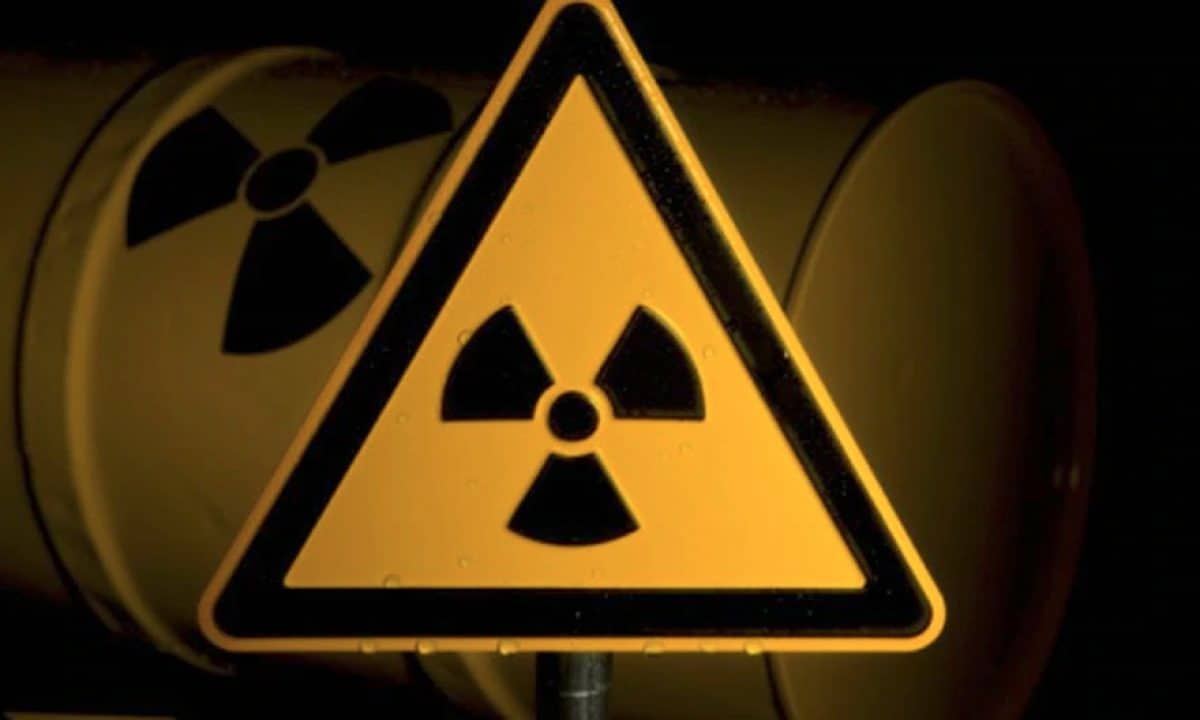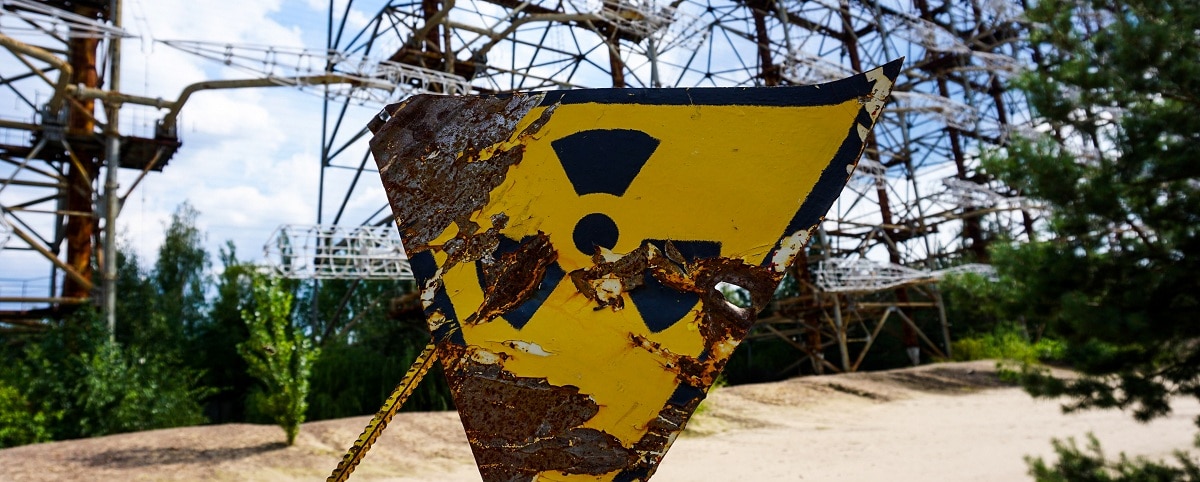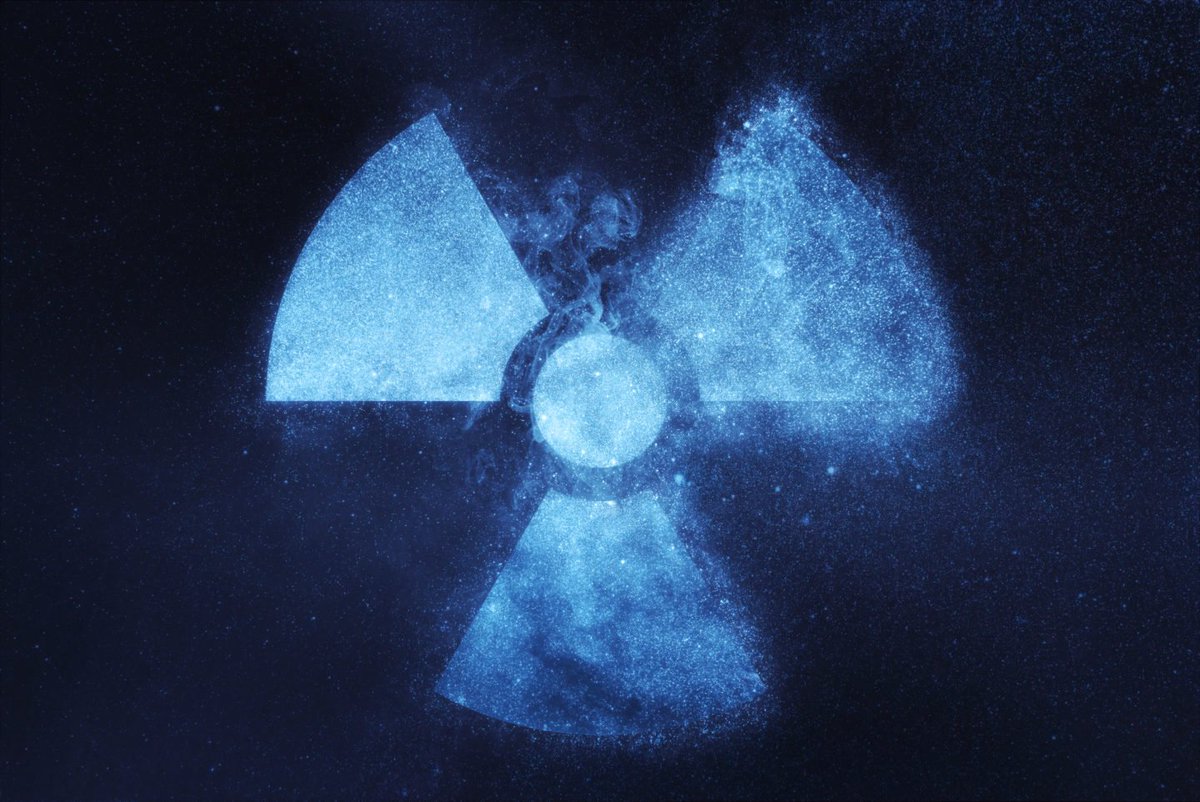
La radioactivity It is the property that certain materials have of spontaneously emitting energy into the environment. It usually manifests as subatomic particles in the form of electromagnetic radiation. Depending on where you are in the electromagnetic field, it can be high or low frequency radiation. This is a phenomenon that is due to nuclear energy instability in atomic nuclei.
In this article we are going to tell you about all the characteristics, types and importance of radioactivity.
Key features

An unstable nucleus belonging to a radioactive element undergoes decay. During these decays there is an emission of radioactivity until it reaches its energy stability. Radioactive emissions are of high energy content, which confers a high ionizing power that is capable of affecting substances that are responses to them.
There are several types of radioactivity depending on its admission and its characteristics. On the one hand, we have natural radioactivity, which is what is found without human intervention. On the other hand, artificial radioactivity is that produced by human intervention. The first it is usually detected naturally in radioisotopes. The second is the artificial radioisotopes and supermassive elements. Many of the naturally occurring radioisotopes are harmless and can therefore be used in the medical field. For example, we have carbon 14 and potassium 40. These radioisotopes are useful is to date objects and soil strata.
Although radioactivity has many applications for humans, it also has harmful effects that can lead to death. If the radiation dose that a person receives is high, the chances of unwanted mutations or cancer being generated are disproportionately increased.
Natural and artificial radioactivity

Natural radiation is made up of a set of elements that have naturally unstable nuclei. As nuclei are totally energetically unstable, they spontaneously disintegrate and avoid radioactivity. It is represented by the elements of the earth's crust, the atmosphere and those that come from outer space. The most common are the following: uranium-238, uranium-235, carbon-14, uranium-235, and radon-222.
On the other hand, we have artificial radioactivity. It is made up of a group of radioactive elements that are created in research laboratories by humans. What will be carried out is a bombardment of non-radioactive elements that have nuclei such as the helium atom to be able to convert them into radioactive isotopes. Radioactive elements that are in the depths of the earth's crust and that have been brought to the surface by economic activities such as is mining and oil extraction. They are considered artificial since naturally they could not be on the earth's surface.
Most man-made radioactivity is due to supermassive and synthetic elements. The nuclei of these elements tend to decompose quickly to be able to originate other elements.
Types of radioactivity

Once we have divided what are the different types that exist based on their origin, we are going to see what types of radioactivity exist based on their characteristics.
Alpha radiation
It is a particle that emits an unstable nucleus. They are made up of two protons and two neutrons. Therefore, alpha radiation is considered to be a completely naked ice atom without having any electrons. Due to the presence of two protons in the nucleus of an atom, the alpha particle is endowed with a positive charge. Alpha radiation if you have seen and verified that it is very little penetrating and is easily stopped by a sheet of paper. It usually has little range in the air. Some examples of atoms that emit alpha radiation are uranium-238 and radium-226.
Beta radiation
This type of radiation is ionizing and has a range in air of approximately one meter. It can be stopped by a sheet of aluminum foil. During the radioactive decay phase, an electron is emitted from a positron. Both are of nuclear origin. This is why there are two subtypes of beta radiation: beta + and beta -. The first is due to the emission of an electron of nuclear origin with a positive charge and the second to the emission of an electron of nuclear origin and a neutron that is transformed into a proton.
Gamma radiation
It is radiation of an electromagnetic nature. It is a powerful and penetrating wave that is stopped only by what is lead. This penetration capacity allows its use in the form of cobalt-60 in the treatment of cancer in deep body sites.
Neutron emission
It is a type of non-ionizing radioactivity that is stopped by water in particular. The importance of this radiation is that it is capable of transforming elements that are not radioactive into others that are.
Applications
We are going to see what kind of applications radioactivity has in the human field.
Medicinal
Radioactive isotopes are used in medicine for therapeutic and diagnostic purposes. Many of them serve as tracers to have the diagnosis of a certain disease since they have the same characteristics as the atoms of non-radioactive elements. For example, iodine-131 is used in medicine to determine cardiac output and plasma volume. However, the most important application of this radioactive element is to be able to measure the activity of the thyroid gland. This is because the hormones that transport iodine are found in the thyroid gland.
Scientific and academic activities
Radioactive materials are used to determine the components of oil and smoke. In various archaeological studies, the activity of carbon-14 is used to determine the age of certain fossils. Thanks to this isotope that occurs naturally in the atmosphere, we can date and know the history of our planet. And is that this isotope is incorporated only by living beings.
Industry
It is used to sterilize medical materials, food and the containers that contain it. It can also be used for the processing of fabrics, non-stick cookware, radioactive tracers for motor oils, elimination of toxic gases such as sulfur dioxide and nitrogen oxides, etc.
I hope that with this information you can learn more about radioactivity and its characteristics.